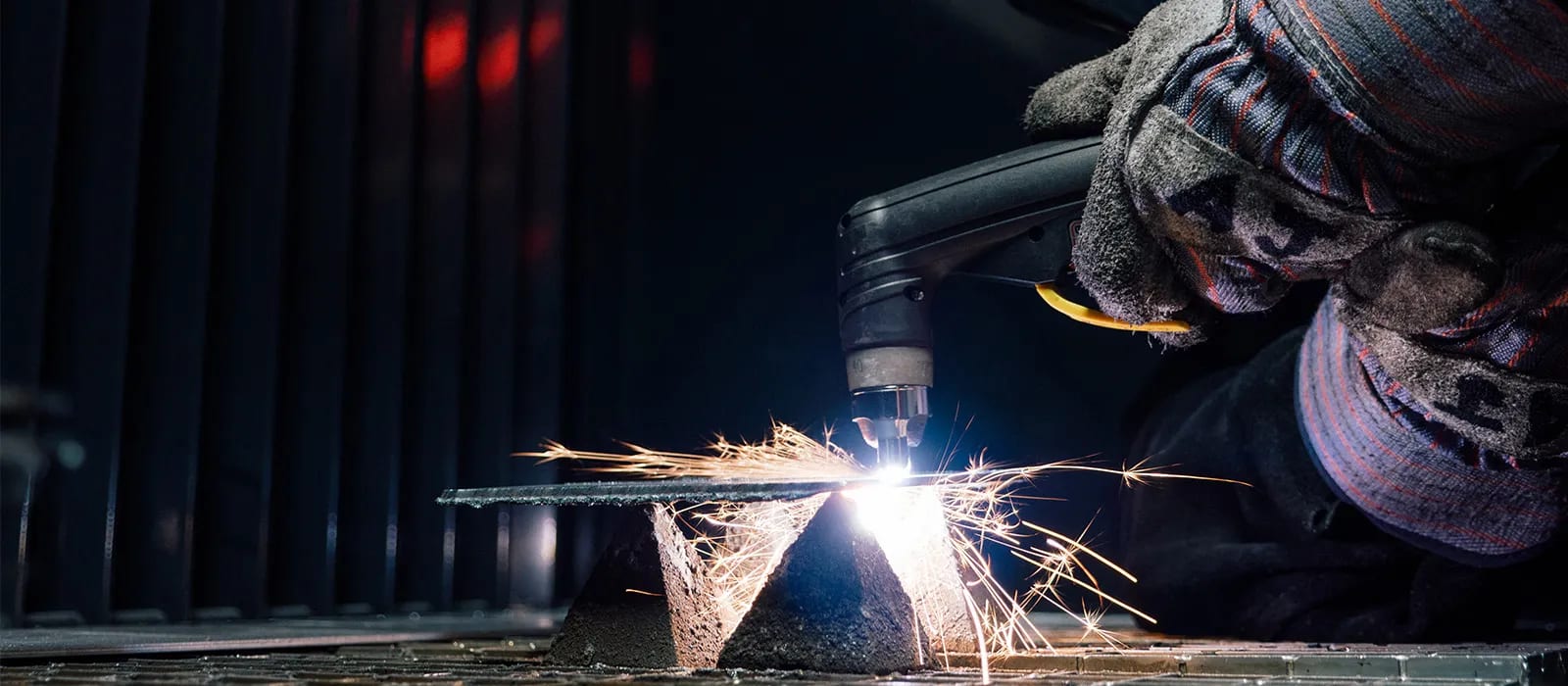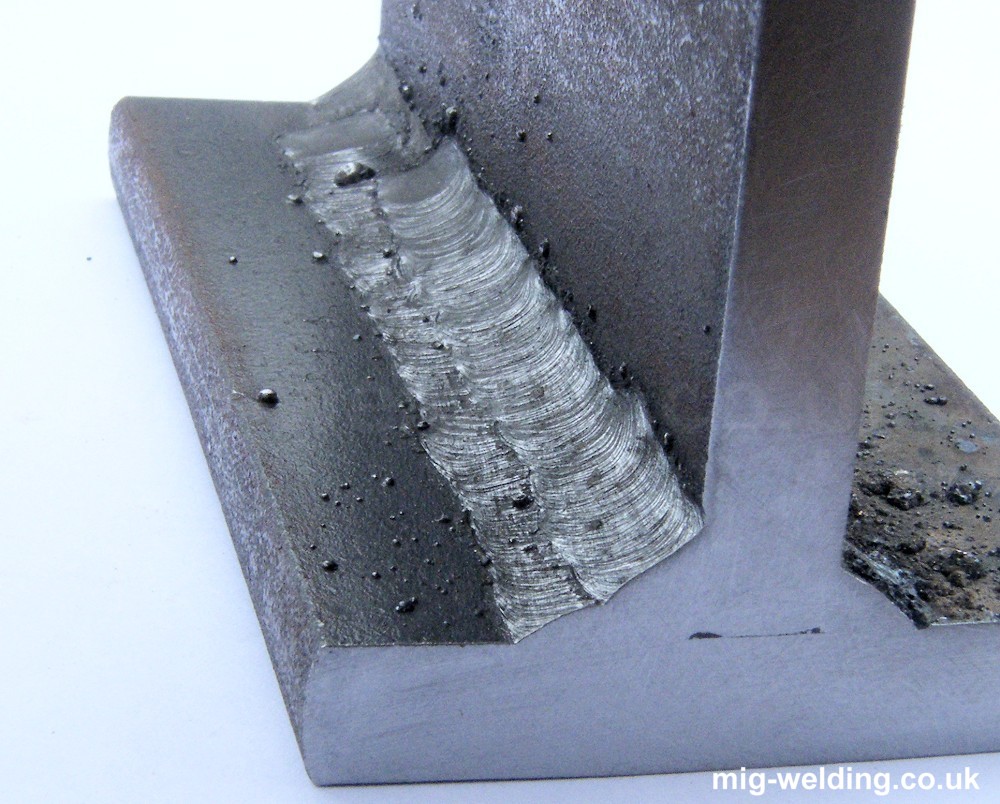Step-by-Step Guide to Preventing Weld Undercut in Different Metals
Step-by-Step Guide to Preventing Weld Undercut in Different Metals
Blog Article
Necessary Tips for Welders: Avoiding Undercut Welding and Ensuring Stronger Weld Joints
In the realm of welding, accomplishing solid and resilient weld joints is the foundation of producing high-grade job. One usual obstacle that welders typically experience is undercut welding, which can compromise the honesty of the weld joint.

Recognizing Undercut Welding
Undercut welding is an usual welding defect that takes place when the weld metal falls short to properly load the groove and leads to a groove-like anxiety along the weld bead. This defect damages the weld joint, making it susceptible to cracking and failing under stress and anxiety. Undercutting can be triggered by numerous elements, including too much welding existing, high welding rate, improper electrode angle, inaccurate electrode size, and inadequate welding method.
One of the main factors for undercut welding is an inequality between the welding existing and the welding speed. If the welding current is expensive or the welding speed is also fast, the weld metal might not sufficiently load the groove, leading to damaging. Additionally, making use of an electrode that is too large can lead to a comparable outcome, as the excess steel can not correctly stream into the groove.
To avoid undercut welding, welders need to guarantee they are utilizing the right welding criteria, keep a suitable electrode angle, choose the proper electrode size, and method correct welding techniques. By resolving these elements, welders can reduce the danger of undercutting and develop stronger, more trustworthy weld joints.
Correct Welding Strategy
Effective welding technique plays a crucial function in ensuring the quality and stability of weld joints. Appropriate welding method entails a mix of ability, adherence, and precision to ideal techniques. One fundamental facet of correct welding technique is keeping the proper angle and distance in between the welding gun and the work surface. Welders have to also pay very close attention to the traveling speed and heat input to avoid concerns like undercutting, porosity, or insufficient combination.
Furthermore, a constant and stable hand motion is important for developing solid and sturdy weld joints. Welders need to aim for smooth, uniform motions to make certain even circulation of the weld material. Proper adjustment of the welding gun and filler material is likewise essential to accomplishing optimal penetration and blend.
Furthermore, managing the warmth input and selecting the ideal welding criteria based upon the product being bonded are crucial aspects in accomplishing high-grade welds - Preventing weld undercut. Welders should comply with the suggested settings given by welding treatment specifications and adjust them as required based on the particular demands of the project. By understanding appropriate welding techniques, welders can dramatically enhance the stamina and dependability of their weld joints
Choosing the Right Electrode
When considering the importance of selecting the ideal electrode in welding applications,Keeping the correct angle and distance between the welding gun and the work surface is essential. The choice of electrode plays an essential duty in identifying the top quality and toughness of the weld joint. Electrodes come in numerous kinds, each designed for certain purposes and materials.
Firstly, selecting the appropriate electrode size is necessary. Thinner electrodes appropriate for welding slim products, while thicker electrodes are better for thicker materials and higher heat applications. Matching the electrode size to the density of the work surface helps accomplish a well balanced weld.
Secondly, recognizing the product structure of the electrode is vital. Different electrodes are created for welding details products like steel, stainless steel, light weight aluminum, or cast iron. Utilizing the proper electrode product guarantees great blend and reduces the danger of defects in the weld.
Lastly, considering the welding position and strategy is essential when picking the electrode type. Particular electrodes are much better fit for above or vertical welding positions, while others function well for flat or horizontal positions. Choosing the right electrode based on the welding strategy improves the general weld high quality and integrity.
Preparing the Base Metal
To ensure an effective welding procedure, what preliminary steps should be taken when preparing the base steel for welding? Correctly preparing the base metal is essential for attaining solid and resilient weld joints. The first step in preparing the base steel is to cleanse it thoroughly to get rid of any contaminants such as corrosion, dirt, oil, or paint. This can be done making use of a cord brush, mill, or chemical solvents. In addition, any type of existing weld product or deposit from previous welding ought to be removed to make certain a clean surface area for the new weld.

Conducting Post-Weld Inspections

After conducting these assessments, welders should compare the outcomes versus sector criteria and job demands to ensure that the weld joint fulfills all essential requirements. Any kind of variances or insufficiencies uncovered during the post-weld evaluation needs to be quickly dealt with via appropriate restorative steps to guarantee the weld's integrity. By vigilantly carrying out post-weld inspections and without delay attending to any type of issues, welders can maintain the top quality and integrity of their work, eventually adding to the safety and security useful site and durability of the bonded frameworks.
Verdict

Finally, stopping undercut welding and ensuring stronger weld joints call for a combination of appropriate welding strategy, picking the appropriate electrode, preparing the base metal properly, and carrying out post-weld evaluations. By understanding the reasons of undercut welding and executing the necessary precautions, welders can generate top notch weld joints that satisfy market criteria and make sure the architectural honesty of the bonded components.
Undercut welding is a common welding issue that happens when the weld metal fails to effectively load the groove and results in a groove-like clinical view depression along the weld bead (Preventing weld undercut). Undercutting can be created by different variables, consisting of excessive welding present, high welding speed, incorrect electrode angle, inaccurate electrode size, and bad welding strategy
One of the major reasons for undercut welding is an inequality in between the welding existing and the welding speed. If the welding current is too high or the welding rate is too quickly, the weld steel might not adequately fill up the groove, leading to damaging.Maintaining the appropriate angle and range between the welding gun and the work surface is essential when taking into consideration the relevance of picking the appropriate electrode in welding applications.
Report this page